- Going barefoot strengthens the feet and lower legs, improves balance and proprioception, and enhances the sensory experience.
- Choosing the right barefoot shoes involves understanding the different types, finding the perfect fit, and exploring reputable brands.
- Transitioning to barefoot shoes requires a gradual approach and building foot strength.
- Maintaining and caring for barefoot shoes includes proper cleaning techniques, storage, and regular checks for wear and tear.
Welcome to the ultimate guide to barefoot shoes for men! In this comprehensive article, we will explore the benefits of going barefoot, how to choose the right barefoot shoes, transitioning to barefoot shoes, and maintaining and caring for them. Whether you’re a seasoned barefoot enthusiast or just starting your barefoot journey, this guide will provide you with the information you need to make informed decisions and maximize your barefoot experience.
1. The Benefits of Going Barefoot
Before diving into the world of barefoot shoes, it’s essential to understand the benefits of going barefoot in the first place. Going barefoot offers numerous advantages, including strengthening the feet and lower legs, improved balance and proprioception, and enhanced sensory experience.
- Strengthening the Feet and Lower Legs: When you go barefoot, your feet and lower leg muscles have to work harder to support your body weight and provide stability. This increased workload can lead to stronger and more resilient feet and lower legs. Over time, barefoot walking or running can help improve arch strength, increase foot flexibility, and reduce the risk of common foot problems like plantar fasciitis.
- Improved Balance and Proprioception: Balance and proprioception, the ability to sense the position, location, orientation, and movement of the body and its parts, are essential for overall stability and coordination. Going barefoot stimulates the sensory receptors in your feet, allowing your brain to receive more accurate feedback about your body’s position and movement. This enhanced sensory input can lead to improved balance and proprioception, making you more agile and less prone to injuries.
- Enhanced Sensory Experience: Wearing traditional cushioned shoes can dull the sensory experience of walking or running. Barefoot shoes, on the other hand, allow you to feel the texture of the ground beneath your feet and experience a more natural connection with your surroundings. This enhanced sensory feedback can heighten your overall sensory experience, making walking or running a more enjoyable and mindful activity.
2. Choosing the Right Barefoot Shoes
Now that you understand the benefits of going barefoot, it’s time to dive into the world of barefoot shoes. Choosing the right barefoot shoes is essential for maximizing comfort, performance, and overall foot health. Let’s explore the key factors to consider when selecting barefoot shoes:
- Understanding the Different Types of Barefoot Shoes: Barefoot shoes come in various styles and designs. Understanding the different types of barefoot shoes will help you make an informed decision based on your specific needs and preferences. Some common types of barefoot shoes include minimalist running shoes, barefoot hiking shoes, and casual barefoot shoes. Each type has its own features and benefits, so it’s important to choose the right shoe for the intended activity.
- Finding the Perfect Fit for Maximum Comfort: One of the most crucial aspects of choosing barefoot shoes is finding the perfect fit. Unlike traditional shoes, barefoot shoes should provide a snug fit without compressing your toes or restricting natural foot movement. Look for shoes that allow your toes to splay and have a wide toe box. Trying on different sizes and styles, and even consulting a barefoot shoe specialist, can help you find the best fit for your feet.
- Exploring the Best Brands for Men’s Barefoot Shoes: Several brands specialize in barefoot shoes for men. Each brand offers unique features and styles designed to cater to different foot types and activities. Some popular brands include Vivobarefoot, Xero Shoes, and Merrell. Exploring these brands and their offerings can help you find the perfect pair of barefoot shoes that meet your specific needs.
3. Transitioning to Barefoot Shoes
Transitioning to barefoot shoes requires a gradual approach to allow your feet and lower legs to adapt to the new way of walking or running. Let’s explore some essential tips for a smooth transition:
- Gradual Transition and Building Foot Strength: It’s important not to rush into wearing barefoot shoes for extended periods right away. Start by gradually incorporating them into your daily routine, allowing your feet and lower legs to adjust. Begin with short walks or runs and gradually increase the duration and intensity over time. Additionally, performing foot-strengthening exercises, such as toe curls and arch lifts, can help prepare your feet for the transition.
- Overcoming Common Challenges during the Transition Period: The transition to barefoot shoes may come with some challenges, such as calf soreness or blisters. These common issues can be minimized by listening to your body, allowing for rest and recovery, and gradually increasing the time spent in barefoot shoes. It’s also crucial to maintain good form and focus on proper foot strikes to minimize stress on your feet and lower legs.
- Tips for Incorporating Barefoot Shoes into Everyday Activities: Barefoot shoes are not just for running or hiking; they can be incorporated into various everyday activities. Whether you’re going to the office, strolling in the park, or working out at the gym, barefoot shoes can provide comfort and promote natural foot movement. Experiment with different activities and gradually introduce barefoot shoes into your daily life to experience the full benefits.
4. Maintaining and Caring for Barefoot Shoes
Proper maintenance and care can prolong the lifespan of your barefoot shoes and ensure they remain in optimal condition. Let’s explore some essential tips:
Cleaning and Odor Control Techniques: Regular cleaning is important to remove dirt and prevent the buildup of odor-causing bacteria. While each brand may have specific cleaning recommendations, most barefoot shoes can be hand-washed using mild soap and water. Air drying them in a well-ventilated area is crucial to prevent moisture buildup and unpleasant odors.
Proper Storage and Maintenance Strategies: When not in use, it’s important to store your barefoot shoes properly to maintain their shape and integrity. Avoid leaving them in direct sunlight or extreme temperatures, as these can damage the materials. Additionally, periodically checking the outsoles and the overall condition of the shoes can help identify any signs of wear and tear that may need repair.
Extending the Lifespan of Your Barefoot Shoes: To prolong the lifespan of your barefoot shoes, consider rotating them with other pairs to allow each pair to fully dry between uses. Avoid wearing them in wet or muddy conditions whenever possible, as excessive exposure to moisture can degrade the materials and reduce their longevity. Additionally, replacing worn-out insoles or outsoles can help extend the lifespan of your favorite barefoot shoes.
Now armed with a comprehensive understanding of barefoot shoes for men, you can confidently embark on your barefoot journey. Remember to listen to your body, take it slow during the transition period, and enjoy the many benefits that barefoot shoes have to offer. Happy walking!



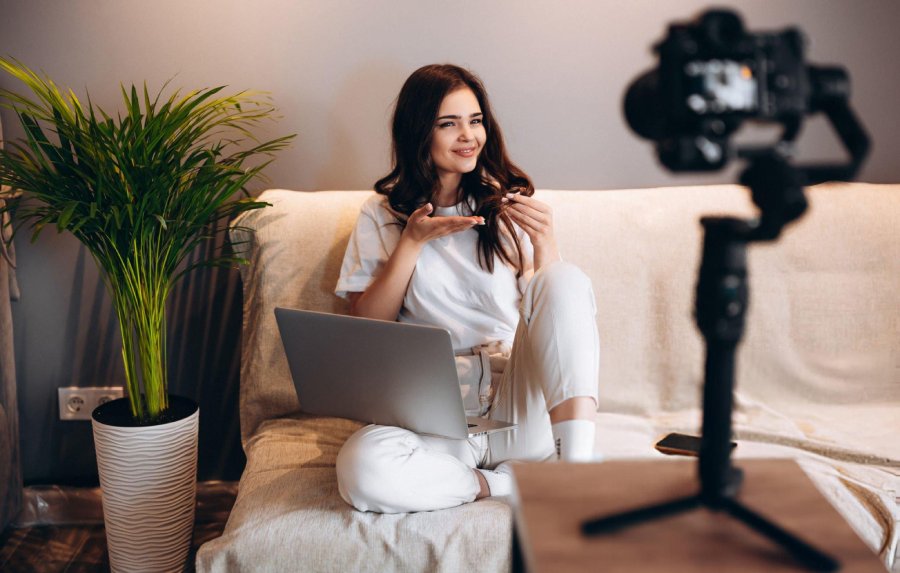

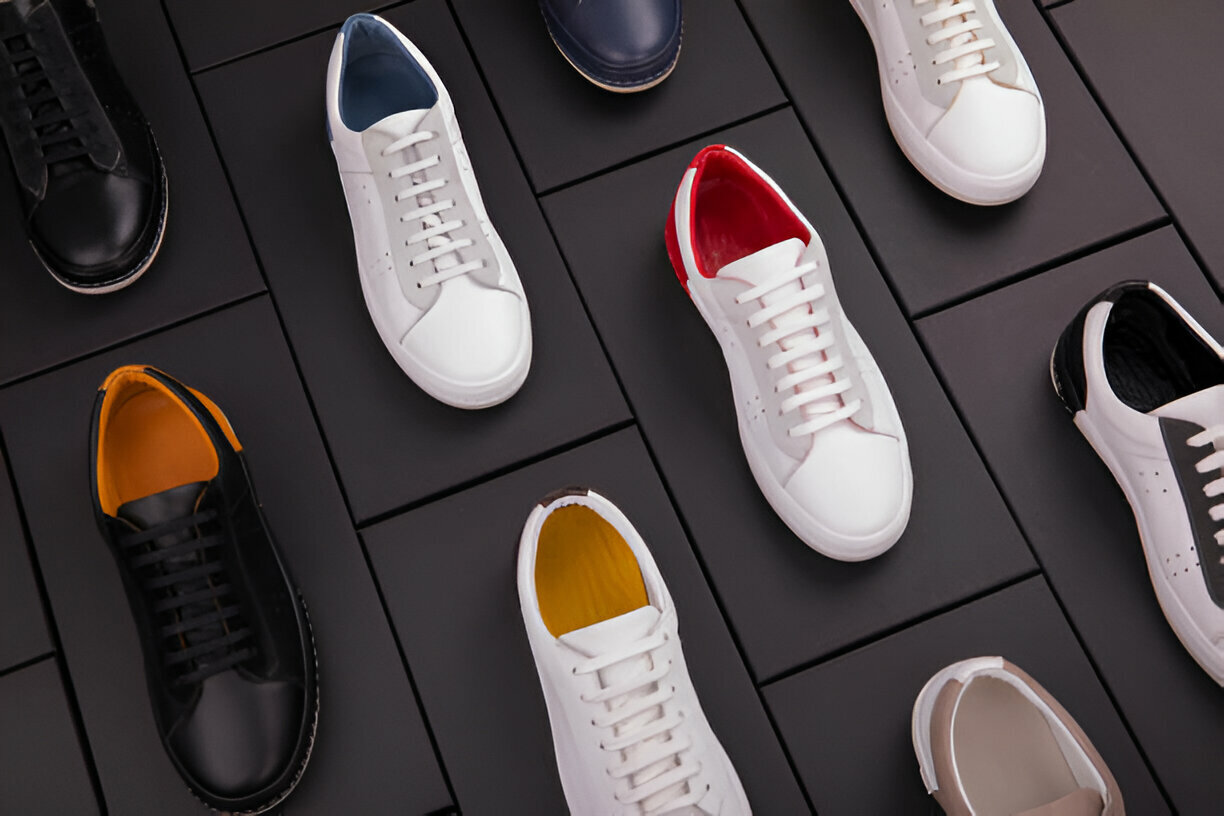



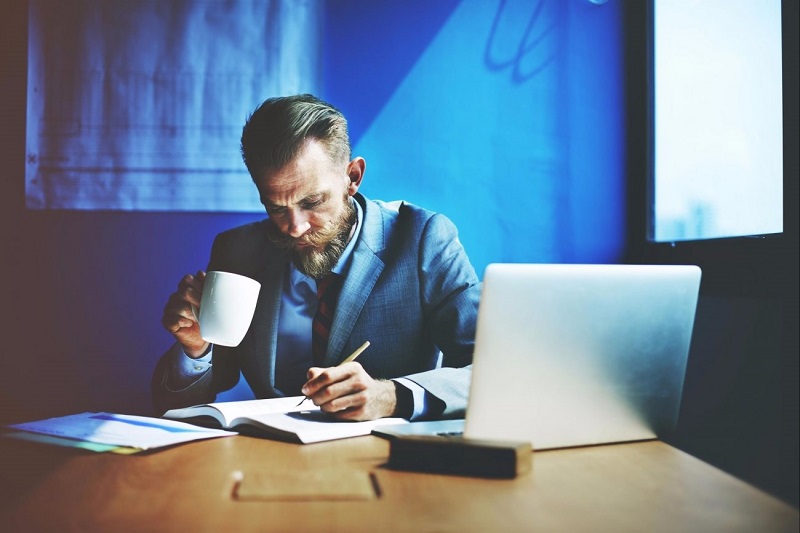
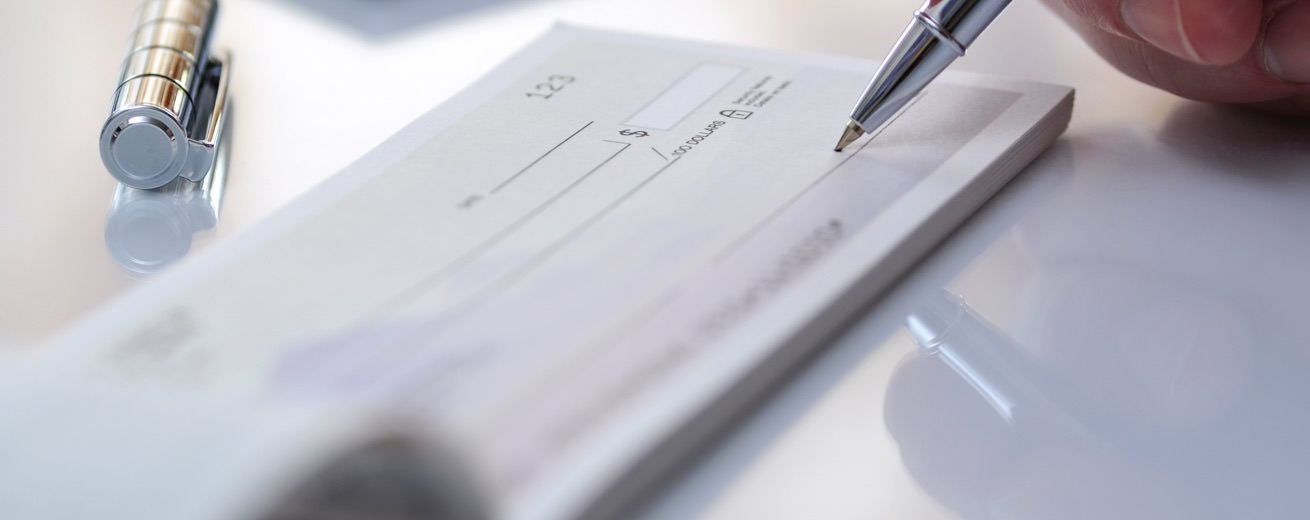

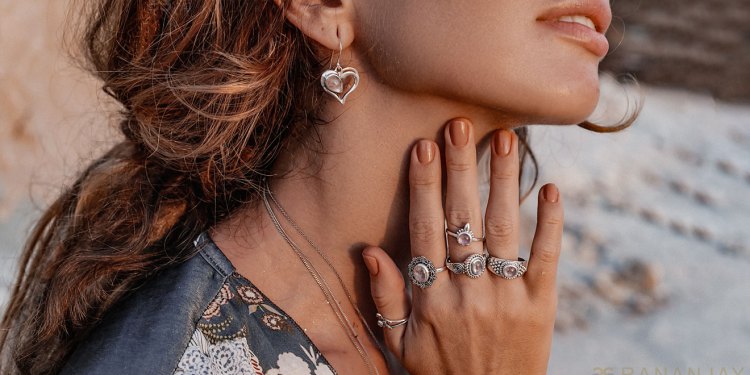
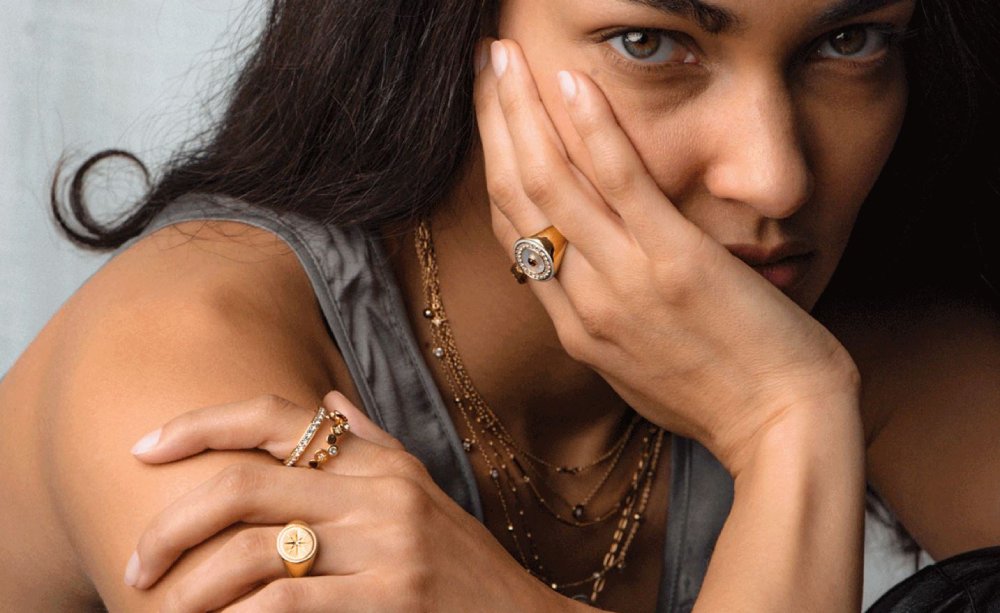
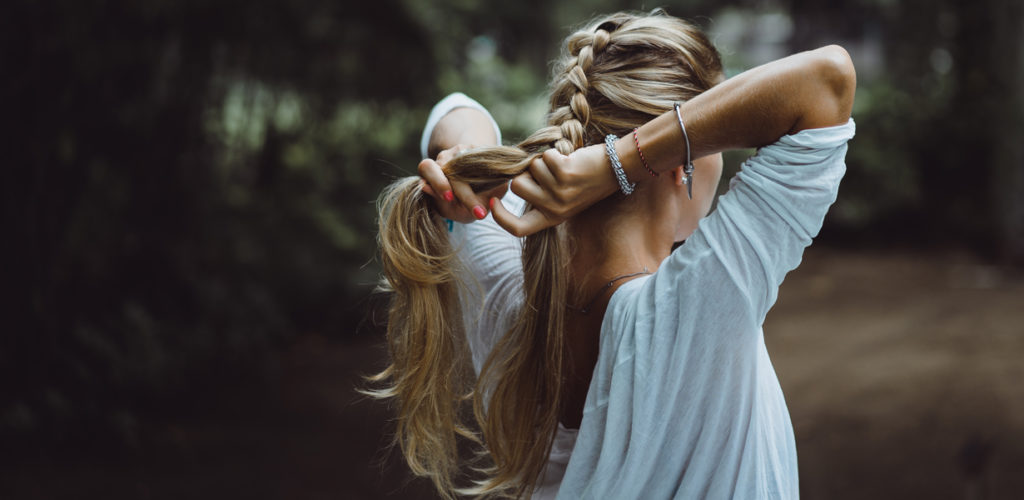
Leave a Reply